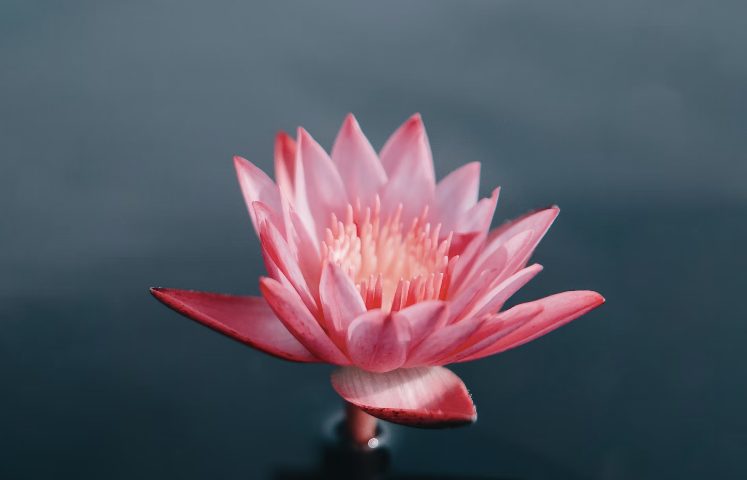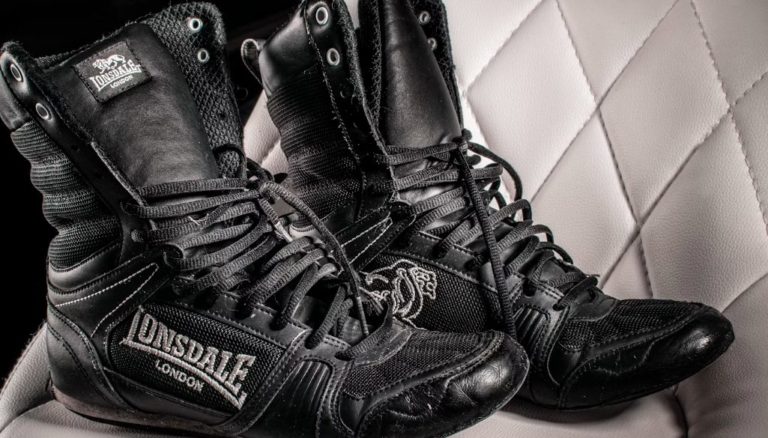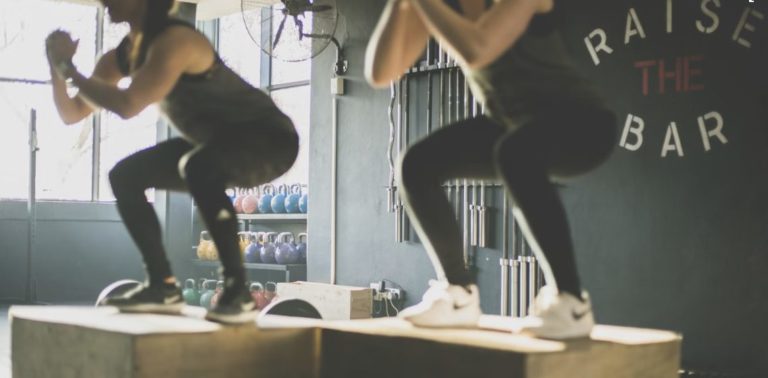How to make a DIY meditation cushion?
The step-by-step guide titled “How to make a DIY meditation cushion” provides detailed instructions on creating a homemade meditation cushion. This guide aims to assist individuals who are interested in practicing meditation by offering an affordable and personalized option for a comfortable seating arrangement. By following the provided steps, readers will be able to create their own meditation cushion, allowing them to enhance their meditation practice and create a serene environment for relaxation and focus.
Gather Materials
To make a DIY meditation cushion, gather the following materials: fabric (preferably durable and comfortable), filling material (such as foam or cotton), a needle, thread (in a color that matches the fabric), scissors, measuring tape, and pins. The fabric should be large enough to cut two circles with a diameter of your desired cushion size. Additionally, make sure you have enough filling material to achieve the desired thickness and firmness for your cushion.
Measure and Cut Fabric
To measure and cut the fabric for the cushion cover and inner lining, follow these steps:
- Measure the dimensions: Use a measuring tape to determine the length and width required for the cushion cover and inner lining. Make sure to measure from seam to seam for accuracy.
- Add seam allowances: Add an extra 1 inch to each side of the measurements to account for the seam allowances. For example, if the cushion cover needs to be 16 inches by 16 inches, cut the fabric to be 18 inches by 18 inches.
- Mark the fabric: Use fabric chalk or a washable pen to mark the measurements on the fabric. Be precise and straight, ensuring the markings are visible.
- Cut the fabric: Using sharp fabric scissors, cut along the marked lines carefully. Take your time to ensure clean, straight cuts.
- Repeat for inner lining: Repeat steps 1-4 to measure and cut the fabric for the inner lining. Remember to add seam allowances as well.
- Double-check measurements: Before sewing, double-check the dimensions of the fabric pieces to ensure they match the required size.
By following these steps, users will be able to accurately measure and cut the fabric into the required dimensions for the cushion cover and inner lining.
Sew the Cushion Cover
To sew the cushion cover, start by placing the two fabric pieces with their right sides facing each other. Use pins to secure the edges. Next, sew the side seams with a straight stitch, leaving a 1/2 inch seam allowance. Remember to backstitch at the beginning and end of each seam. Leave a 6-inch opening on one side for inserting the filling. Trim the excess fabric, and then turn the cover right side out through the opening. Press the cover with an iron to smooth out any wrinkles. Your cushion cover is now ready for filling!
Example:
- Place the fabric pieces right sides together and pin the edges to secure them.
- Sew the side seams using a straight stitch with a 1/2 inch seam allowance. Backstitch at the beginning and end of each seam.
- Leave a 6-inch opening on one side of the cover to insert the filling.
- Trim any excess fabric and turn the cover right side out through the opening.
- Press the cover with an iron to smooth out wrinkles.
- Fill the cover through the opening, and then sew the opening closed using a hand stitch or a sewing machine.
Sew the Inner Lining
- Measure the dimensions of the cushion cover and subtract about half an inch from each side to determine the size of the inner lining fabric.
- Cut the inner lining fabric according to the measurements obtained in the previous step.
- Place the cushion cover fabric and the inner lining fabric right sides together, aligning the edges.
- Pin the fabrics together along the edges, ensuring they are securely held in place.
- Using a sewing machine, stitch around the edges of the fabrics with a 1/4 inch seam allowance, leaving a small opening for turning right side out.
- Trim off any excess fabric and clip the corners to reduce bulk.
- Turn the fabrics right side out through the opening, gently pushing out the corners.
- Press the inner lining to ensure it lies flat and smooth.
- Hand stitch the opening closed using a slip stitch or ladder stitch.
- Insert the inner lining into the cushion cover, making sure it fits snugly.
- Smooth out any wrinkles or creases, and your cushion cover with the inner lining is ready to be used.
Fill the Cushion
To fill the cushion with the desired filling material, follow these steps:
- First, unzip the cushion cover and ensure the cushion insert is completely removed.
- Next, choose the desired filling material, such as foam, buckwheat hulls, or cotton batting, based on personal preference and comfort.
- Carefully pour the filling material into the cushion cover, ensuring an even distribution. Start with a small amount and add more as needed, depending on the desired firmness.
- After filling the cushion to the desired level, zip up the cover, making sure it is securely closed.
- Finally, fluff the cushion to evenly distribute the filling material, ensuring a comfortable and well-supported cushion.
Remember to adjust the filling material as necessary to achieve the desired level of firmness and comfort.
Close the Cushion
To close the cushion, first, thread a needle with a matching thread color. Then, fold the raw edges of the opening inward and secure them with pins. Next, use a hand stitch or a sewing machine to sew along the folded edges, making sure to remove the pins as you go. Finally, tie off the thread and trim any excess, leaving a neat and secure closure for the cushion.
Add Finishing Touches
- Add a handle to the cushion by sewing a fabric strip or ribbon onto one side. This will make it easier to carry or move the cushion around.
- Consider adding embroidery to personalize the cushion. Choose a design or pattern that reflects your style or interests, and use embroidery thread and a needle to stitch it onto the fabric.
- Enhance the cushion’s aesthetic appeal by adding decorative elements such as buttons, beads, or sequins. Sew these embellishments onto the fabric in a desired arrangement to create a unique and eye-catching design.
Test the Cushion
To test the cushion for comfort, gently sit on it and evaluate how it feels. If the cushion feels too firm or lacks support, you may need to adjust the filling. To do so, carefully unzip the cushion cover and remove some of the filling material. Then, zip the cover back up and test the cushion again. Repeat this process until you achieve the desired level of comfort.
Clean and Maintain
To clean and maintain your DIY meditation cushion and ensure its longevity, follow these tips:
- Regularly spot clean: After each use, gently brush off any dirt or debris from the cushion’s surface using a soft brush or cloth. If there are any stains or spills, immediately blot them with a damp cloth and mild soap solution. Allow the cushion to air dry completely before using it again.
- Wash the cover: Depending on the fabric, remove the cover from the cushion and machine wash it on a gentle cycle with cold water. Use a mild detergent and avoid using bleach or harsh chemicals. After washing, air dry the cover or tumble dry it on low heat. Ensure it is completely dry before putting it back on the cushion.
- Fluff and reshape: Over time, the filling inside the cushion may become compressed. To maintain its shape and comfort, regularly fluff and reshape the cushion by gently kneading and massaging it. This will help distribute the filling evenly and prevent it from becoming lumpy.
- Store properly: When not in use, store the cushion in a dry and well-ventilated area. Avoid exposing it to direct sunlight or extreme temperatures, as this can cause fading, damage, or deterioration. If possible, store the cushion in a dust bag or cover to protect it from dust and dirt.
Example: After each meditation session, John gently brushes off any dirt or debris from his DIY meditation cushion using a soft brush. He then notices a small stain on the cushion and immediately blots it with a damp cloth and mild soap solution. John allows the cushion to air dry completely before using it again.
Example: Sarah decides to wash the cover of her DIY meditation cushion, which is made of a machine-washable fabric. She removes the cover and puts it in the washing machine on a gentle cycle with cold water and a mild detergent. After washing, Sarah air dries the cover, ensuring it is completely dry before putting it back on the cushion.
Example: To keep her DIY meditation cushion in good shape, Lisa regularly fluffs and reshapes it. She gently kneads and massages the cushion, distributing the filling evenly and preventing it from becoming lumpy. Lisa notices that this simple maintenance step helps maintain the cushion’s comfort and support.
Enjoy Your DIY Meditation Cushion
Encourage the reader to start using the homemade meditation cushion and experience the numerous benefits of their DIY project. Begin by finding a quiet and comfortable space to meditate. Then, instruct them to sit on the cushion, ensuring their spine is straight and relaxed. Encourage the reader to take deep breaths, focus on their breath, and allow themselves to enter a state of relaxation and mindfulness. Remind them that by incorporating their homemade cushion into their meditation practice, they can enhance their comfort, concentration, and overall well-being.
Final thoughts
In conclusion, this guide has highlighted the steps to create a DIY meditation cushion. By following these instructions, individuals can craft a personalized cushion that suits their needs and preferences. The satisfaction of creating something with their own hands adds an extra level of fulfillment to the meditation experience. Not only does a homemade meditation cushion provide comfort and support during practice, but it also serves as a reminder of their dedication to self-care and mindfulness. So, take the leap and embark on this creative journey to enhance your meditation practice with a unique and customized cushion.





I made my own DIY meditation cushion using this guide, and it has been a game changer for my practice. I find it much easier to maintain a comfortable and stable posture now. Highly recommend!
I noticed that the guide doesn’t mention anything about the type of fabric to use. Can you recommend a specific fabric that would be best for a meditation cushion?
Great question! For a meditation cushion, it’s best to use a sturdy and durable fabric that can withstand regular use. I recommend using a cotton canvas fabric, as it is both comfortable and durable.
I’ve been using my DIY meditation cushion for a few months now, and it’s holding up really well. The fabric and stitching are still in great condition. Just wanted to share my positive experience!
That’s wonderful to hear! It’s always satisfying to know that your DIY projects are durable and long-lasting. Thanks for sharing your positive experience with the cushion. Enjoy your continued meditation practice!
I’ve been using a regular pillow for my meditation practice, and I’m looking to make a custom cushion. Can you suggest any specific measurements for the cushion size?
Certainly! A standard meditation cushion is usually around 14-16 inches in diameter and 5-6 inches in height. However, you can adjust the size to your preference. Just make sure it provides enough support and comfort during your meditation sessions.
I’ve been using a meditation cushion for a while now, and I found that adding a nonslip mat underneath it really helps to keep it in place during my practice. Just a little tip for anyone considering making their own cushion.
Thanks for sharing that tip! Adding a nonslip mat is a great idea to ensure stability during meditation. It can make a big difference in maintaining a comfortable posture. Appreciate your input!
I’ve been exploring different mat accessories to complement my meditation cushion. Are there any specific recommendations or tips you have on this topic?
If you’re looking to enhance your meditation experience, you might consider adding a sheepskin or a meditation bench to your setup. They can provide additional comfort and support. Feel free to explore different options and find what works best for you!
I followed the guide step by step, but I’m having trouble sewing the cushion cover. The fabric keeps bunching up and it’s not coming out smooth. Any tips on how to fix this?
I love the idea of making my own meditation cushion, but I’m wondering if there are any advanced tips you could share for those who want to take it to the next level?